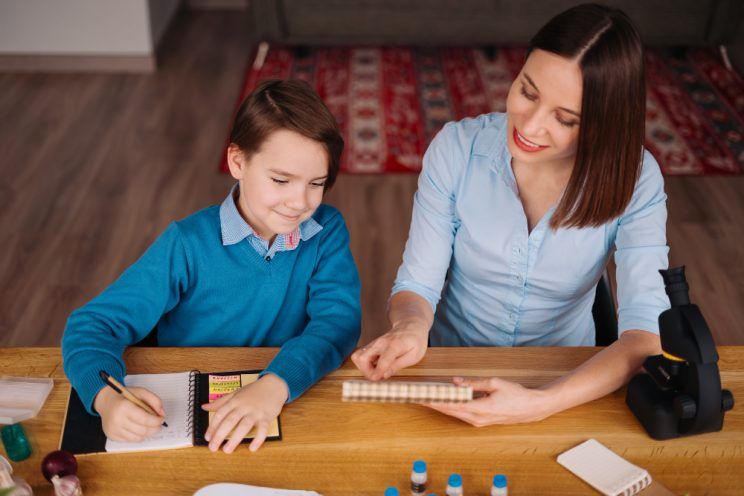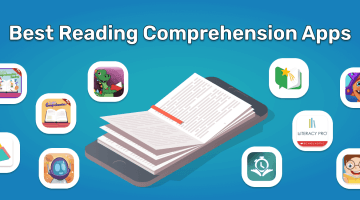How to Solve Math Word Problems? 12 Strategies
reviewed by Jo-ann Caballes
Updated on August 2, 2025
Solving math word problems can become a real struggle even for the most math-proficient children. In this writing, I will unveil the best non-trivial ways to boost your kid’s competency for working with this type of task.
Key Points
- Math word problems often evoke learning problems as kids fail to grasp the task essence.
- Tutoring platforms have proven to be potent helpers for kids facing issues with word problems.
- Other robust math word problem strategies include using worksheets, approaching tasks in the backward order, and creating visuals to represent them.
What is the best way to solve word problems?
The core thing to remember when solving math word problems is that the child should understand the gist and the question to solve. They simply cannot succeed if they have at least any hesitations about the task requirements.
But there are more success tips I’m about to share with you.
How to solve word problems easily? Key strategies
- Leverage math tutoring platforms
- Practice with word problem worksheets
- Find the key information
- Paraphrase the problem
- Translate words into symbols
- Use visuals
- Break down the problem
- Employ estimations
- Turn similar problems into templates
- Use logical reasoning for variables
- Check answers within your problem
- Draw lessons from mistakes
Leverage math tutoring platforms for word problem solving
Leveraging math tutoring platforms is the perfect answer to the question of how to solve math word problems. Tailored help works ideally when your child needs clarification and context. Platforms like Brighterly focus on personalization, meaning that a skilled tutor works closely with your kid to understand their needs and requirements when practicing math word tasks.
How can Brighterly math tutors help your child solve word problems?
Personalized guidance
At Brighterly, tutors guarantee that your child’s schedule will precisely meet their learning needs and priorities.
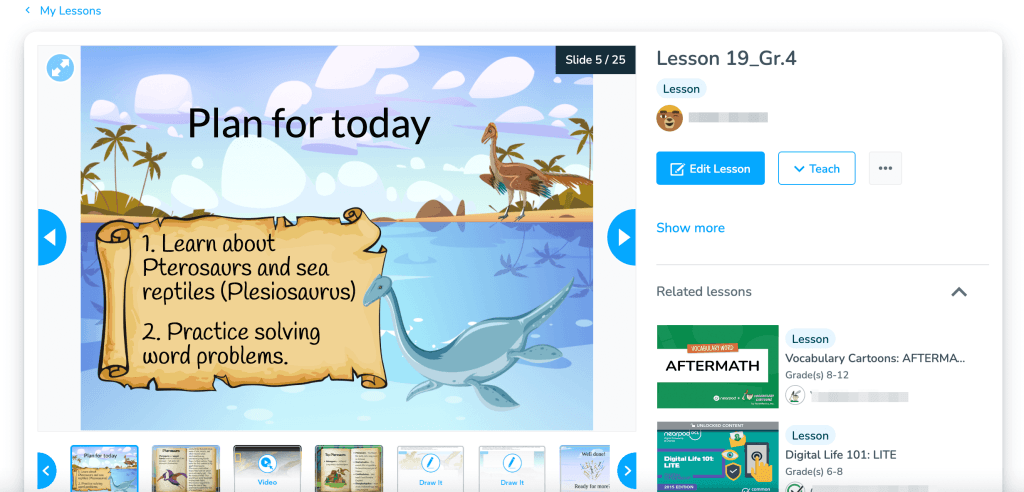
Brighterly math tutoring platform sticks to the three core components to guarantee tailored help with word problems.
First, you and your kid must pass a diagnostics test. It’s a no-skip step that allows Brighterly to match you with the best tutor. Any learning traumas, boundaries, or special conditions are all outlined at this stage. Brighterly believes that academic success while solving math word problems is connected directly to the absence of math anxiety, so they want to highlight and target that element.
Then, as your child starts their learning course on the platform, the professional tutor analyzes their performance and tries to understand their pain points, growth points, and convenient studying pace. Based on this information, they carefully adjust the Brighterly math program if needed.
Third, your child can ask their tutor follow-up questions whenever they encounter issues related to word problems or other math tasks. The teacher devotes all their attention to your kid, so they are always there for support.
1:1 approach
For years, Brighterly has followed a 1:1 learning philosophy, believing it creates a kind and warm learning environment.
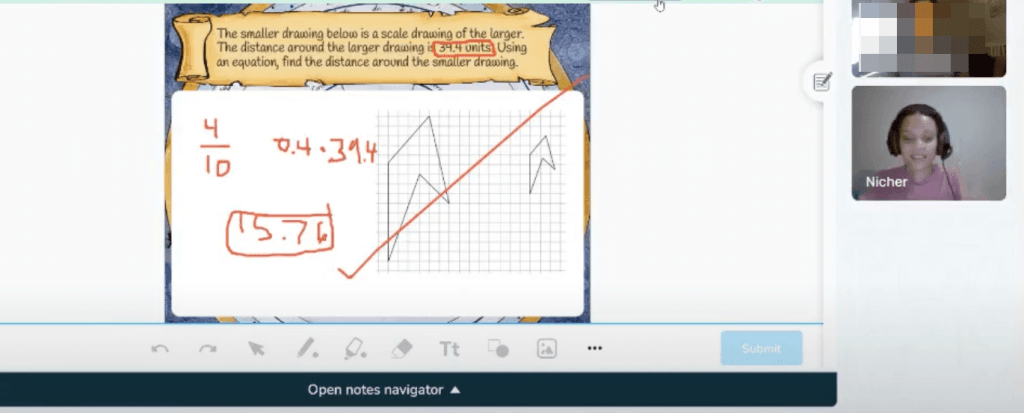
Here’s why such a 1:1 approach can prove effective for your child as opposed to a traditional classroom:
- During Brighterly learning, your child is the centerpiece of the whole process. In practice, this means paying specific attention to exact math word problems they encounter or focusing on a particular topic during several lessons — everything is up to your kid.
- Brighterly math tutors work scrutinously to detect pitfalls or boundaries in math learning. Through constant one-on-one cooperation, your child learns to overcome hesitation, shyness, and restrictions and take more initiative.
- Constant feedback received through personalized learning guarantees properly targeting your kid’s weak zones and highlighting math strengths. But here’s one more note: at Brighterly, parents also receive detailed information on their kid’s performance and future plans, which is the next-level convenience.
Real-world applications
Brighterly thinks that real-world context while solving word problems allows for building emotional connections and speeding up memorization.
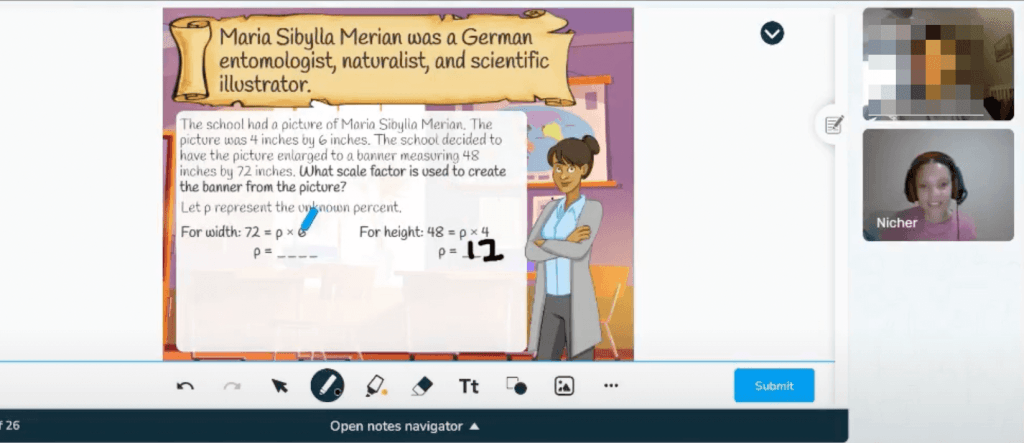
Solving a word problem becomes more manageable when transitioning it into a real-world setting. The thing with Brighterly is that they won’t make your kid memorize lengthy formulas and solve complex worksheets. Instead, they’ll provide fun and inquisitive word tasks to create a real-life connection and bring value. This way, some piece of knowledge will be memorized automatically, so to speak.
After all, we all focus on things we need in our daily lives, right? That’s also the main priority at Brighterly. But how do they build that real-world context? It’s when the next point comes into play.
Focus on interactivity
Brighterly heavily focuses on interactivity to keep your child engaged and put them in the center of learning.
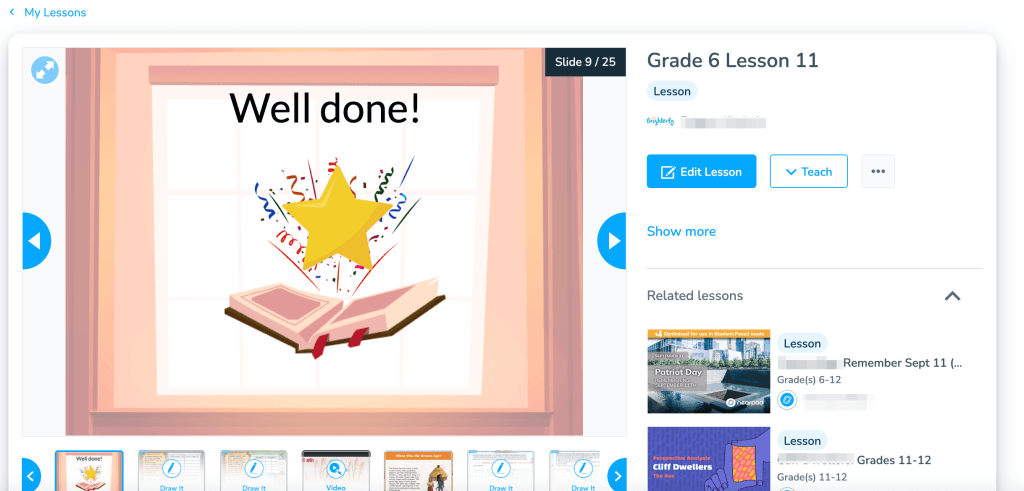
Brighterly believes that children of all ages, from elementary to high school, are just that — children. So, to retain attention, they must be deeply entertained by what they do. That’s why all tasks here are built in a fun way and are often accompanied by visuals.
Whenever your child needs help with math word problems, Brighterly provides extensive practice. Of course, once students tackle a specific task correctly, they get sincere encouragement meant to boost their motivation and inspire them to keep practicing even more intensely.
Help with math word problems with math worksheets
Worksheets prove to be effective for math word problems as they provide in-depth practice in a convenient printable format once your child is well acquainted with the theory.

If you wish to give your child extra math practice, Brighterly math worksheets can come in handy. Check some of them out:
Practical tips
- Use colorful markers to highlight important points and boost visual memorization.
- Create a story around worksheet tasks to help your kids progress.
- The best help in solving math word problems from your side is collaborating closely with your kid to show your engagement and anticipation of their progress.
Benefits
- Better critical thinking, along with analytical thinking and decision-making skills.
- Ability to work with diverse task types.
How to solve word problems step-by-step by learning to find key information
Sometimes, kids get overwhelmed by the variety of details in a specific word problem. That’s why they must learn to identify the key points and work with them. Ask your child if they:
- Understand all the variables
- Understand the question they have to solve
- Understand the operations (addition, division, subtraction, multiplication) they are about to employ
Practical tips
- Teach the child to break the problem into smaller, manageable chunks. When ready, ask them to focus on a single piece at a time.
- Before transitioning to math word problem solving, help them verify which operation to use for specific examples.
- Try to relate the problem to real-world situations to provide the gist.
Benefits
- Better focus and attention levels result from the ability to search and find the key information points.
- Ability to connect math problems to real-world context.
How to solve word problems step-by-step via paraphrasing the problem
Paraphrasing is the core skill that will teach your kid how to understand math word problems. For the practice, you just need to ask them to rephrase the problem in their own words.

This way, they get manageable, understandable chunks of text that contain simple instructions with clear outcomes.
Practical tips
- Encourage active reading with kids in any grade. Ask them to read the text aloud, then pause at each sentence and rephrase what they’ve just read.
- If a problem includes complex terms or concepts, simplify them for your kid or encourage them to look up the basic meaning in the dictionary.
- For an artistic edge, encourage your child to draw a diagram or picture to illustrate the problem.
Benefits
- Kids manage to better retain the information they’ve learned.
- They learn to focus on key data and ignore overwording.
How to solve word problems step-by-step via translating words into symbols
This one stands out among other strategies for solving math word problems as it teaches kids to read between the lines when interpreting their test task. Thus, for some problems, kids should be able to transform words into symbols. It means they learn to identify specific target keywords and understand the connection between them and the symbol intended.
For example, in the word problem “Tom has 12 apples. He buys 5 more apples from the store. How many apples does he have now?,” these are the symbols to identify:
- “has” means the starting amount (+12 apples).
- “buys” means addition (+5 apples).
- “How many” means the total or the unknown we need to find.
Practical tips
- Ask your kid to focus on keywords for solutions. These include (but aren’t limited to): “has,” “buys,” “gives,” or “shares.”
- Start with simple problems and increase their complexity as your child gains confidence.
- Practice math word problems with versatile tasks.
Benefits
- Improved math understanding.
- Boosted analytical skills by focusing on specific clues.
How to solve word problems step-by-step by using visuals
Drawing pictures or diagrams can be the most creative way to answer the question, “How to solve word problems in math?”. The approach is beneficial for teaching spatial relations or quantity. There’s no need to draw complex pictures — simple bars or geometrical shapes will do perfectly.
Practical tips
- If working with unified visuals seems too complex for your child, ask them to draw separate picture cards for each step of a problem. They’ll be happy to include some creativity!
- Ask the child to use different colors for better representation.
- Drawing lines is a good solution for problems with addition and subtraction. Just ask your kid to draw a line in the right direction to visualize the operation.
Benefits
- Better understanding of abstract mathematical concepts.
- Promoting a creative approach towards solving problems.
How to solve word problems step-by-step by breaking them down
This one stands out among other steps to solve word problems. Kids often get engulfed in complex exercises, so breaking them down works excellently. Teach the child to pause and focus on a single part by asking them, “What are the steps in solving word problems?” Crucial note: don’t force them to move to the next part until they understand the previous one.

Practical tips
- Ask your kid to reflect on each task part.
- Teach them to understand the key information by highlighting it.
- Encourage them to write down each step they take to solve a problem.
Benefits
- Children can improve their accuracy and precision.
- Better focus and concentration on detail.
How to solve word problems step-by-step by employing estimations
Wondering how to solve word problems in algebra? This approach boosts logical thinking and will be ideally suited for you! According to it, children should be able to “guess” the correct answer without solving the task precisely. This technique helps them avoid common mistakes and make their math learning more intuitive.
Check out how this works in practice:
Problem: “If a pencil case costs $7.45 and you buy 5 of them, approximately how much will you spend?”
Estimation strategy:
- Round $7.45 to the nearest dollar ($7).
- Multiply by the number of pencil cases (5): 7 × 5 = 35.
Practical tips
- Teach your child to use similar benchmarks like rounding.
- Ask them to make estimations before they complete actual calculations. Turn it into the game form in which they have to guess the right answer and only then estimate how to solve word math problems.
- Practice estimated calculations when you’re shopping or budgeting to provide real-world context.
Benefits
- Faster mental calculations and better intuitiveness.
- Gaining a deeper understanding of numbers.
How to solve word problems step-by-step by turning similar problems into templates
Math is based on patterns. Once the child understands this, they will have a clear answer to how to solve word problems step by step. Plus, they will be motivated to build their own problem bank with templates for future problems.
Check out the below tasks. They all follow the same pattern — can you spot it?

Practical tips
- Ask your child to recognize and write down templates whenever they solve similar tasks.
- Teach the kid to identify keywords that can hint at math templates, like “each,” “total,” or “in all.”
- Modify numbers or context in a solved problem to create new examples. For instance, change “pencils in a box” to “candies in a jar.”
Benefits
- Faster solving times.
- Greater creativity when approaching math tasks.
How to solve word problems step-by-step by using logical reasoning for variables
Wondering how to solve word problems in math? The answer is to start working backward. This means the child should begin with the task result and steadily analyze the steps that led to it. Let’s take this problem as an example:
Twice a number subtracted from five times itself equals 27. What is the number?
Here’s how your kids can solve linear equations with the backward perspective:
- Let the unknown number be 𝑥.
- The equation based on the problem is: 5𝑥 − 2𝑥 = 27.
- Simplify the equation: 3𝑥 = 27.
- Solve for 𝑥: 𝑥 = 27/3 = 9.
Practical tips
- To help solve math word problems, teach your child to turn the flow and focus on the final result first.
- Encourage them to practice with similar problems to boost confidence.
- Teach them to simplify the equation steadily, step by step.
Benefits
- Reducing the number of errors.
- Application of the skill beyond the academic setting.
How to solve word problems step-by-step by checking answers within a problem
How to solve word problems with answers? Easy! When ready with the answer, the child should learn to reread the problem and estimate if the answer fits logically into its context.
Here’s the flow to follow:

Practical tips
- Encourage your kids to reread the problem once they are ready with answers. This way, they can check that they haven’t missed any details.
- Try this problem-solver technique with various types of tasks.
- Teach the child to logically estimate the approximate answer before solving the problem.
Benefits
- Boosted reasoning skills.
- Better confidence when working with math tasks.
How to solve word problems step-by-step by drawing lessons from mistakes
Ask the child to reflect on their mistakes. Why were they wrong? How can they avoid mistakes in the future? How to solve a word problem with their current experience? Detailed analysis is one of the best ways to boost academic performance.
Practical tips
- Teach them to approach mistakes as an undeniable constituent of a learning process.
- Rework the same problem several times to gain mastery.
- Analyze the error, not just provide the correct answer.
Benefits
- Increased learning resilience.
- Better understanding of math logic.
Conclusion
Although challenging, math word programs aren’t the subject of fear. With the right approach, your child can learn to solve problems quickly and also get some real-world experience along the way.
Want to help them get acquainted with the best techniques for solving math word problems? Good news for you! Brighterly math tutoring platform is the top place to do so! By the way, they also offer a free demo lesson, so don’t hesitate to check it out!

